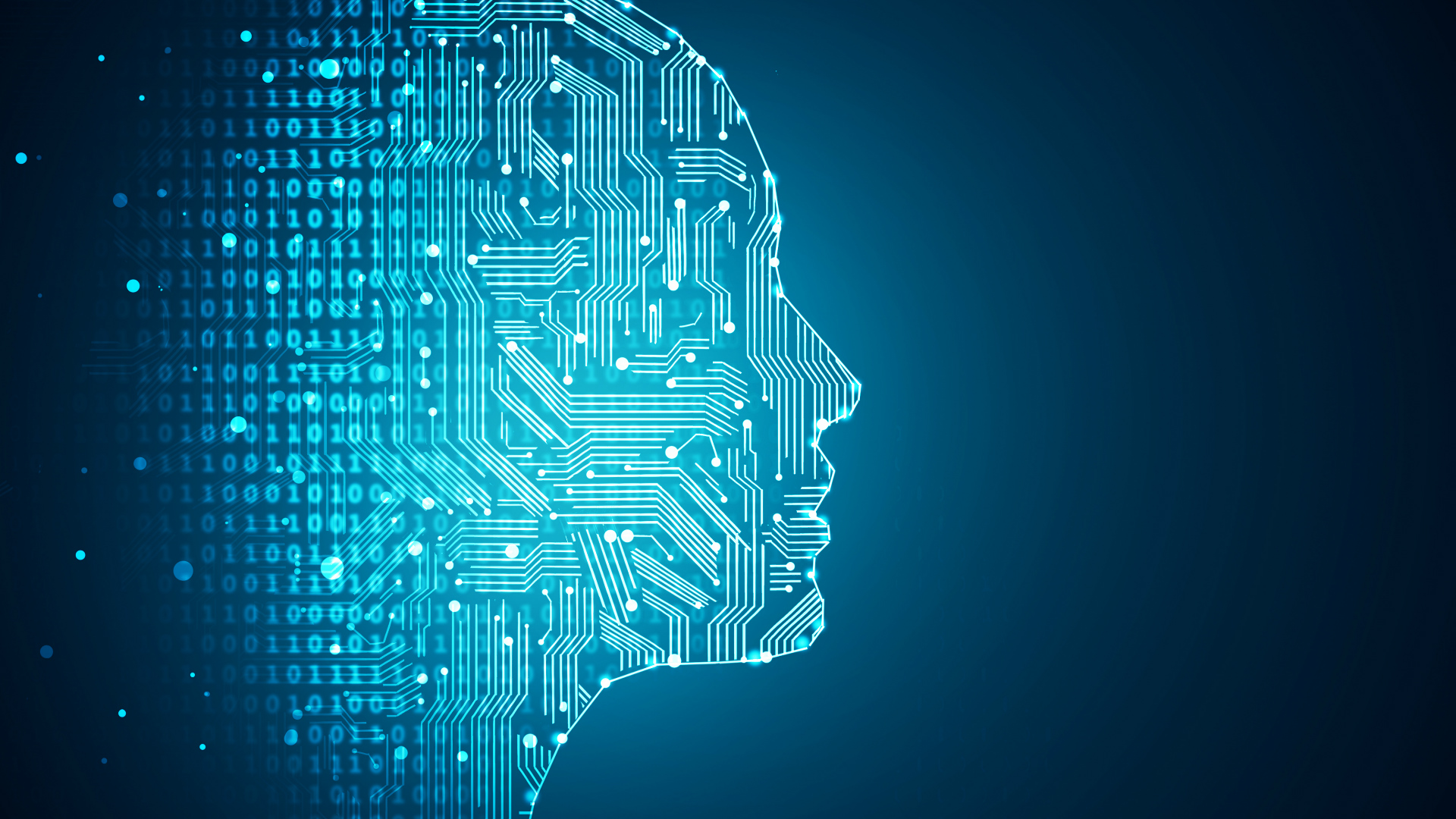IBM: Websites are 'Achilles' heel' of business security
By the end of 2008, more than half of all vulnerabilities disclosed during the year had no vendor-supplied patch.

Businesses are unwittingly becoming the biggest threat to their own customers, as criminals use legitimate websites as a launching pad against consumers.
This is according to IBM, which called websites the "Achilles' heel" for corporate IT security thanks to attackers focusing on web applications to infect end-user machines. Corporations were also making it worse by using "off-the-shelf" web applications which carried vulnerabilities.
In the Annual IBM X-Force Report, Big Blue said that more than half of all vulnerabilities were related to web applications, and of these, more than 74 per cent had no patch. By the end of 2008, 53 per cent of all vulnerabilities had no vendor-approved patch.
The vulnerabilities meant that the large scale SQL vulnerabilities which emerged in early 2008 were able to continue to grow in size throughout the year.
By the end of 2008 the volume of SQL attacks had jumped by 30 times the number of attacks seen in the summer.
"The purpose of these automated attacks is to deceive and redirect web surfers to web browser exploit toolkits," said Kris Lamb, of X-Force Research and Development, in a statement.
"This is one of the oldest forms of mass attack still in existence today. It is staggering that we still see SQL injection attacks in widespread use without adequate patching almost 10 years after they were first disclosed."
Sign up today and you will receive a free copy of our Future Focus 2025 report - the leading guidance on AI, cybersecurity and other IT challenges as per 700+ senior executives
He added: "Cybercriminals target businesses because they provide an easy target to launch attacks against anyone that visits the web."
IBM also said that the security industry needed to realise that cybercriminals were motivated by money, and fully consider how attackers balanced the economic opportunity of vulnerability against the costs of exploitation.
Lamb said: "If the security industry can better understand the motivations of computer criminals, it can do a better job of determining when emergency patching is most needed in the face of immediate threats."
-
 Coursera and Udemy eye AI training dominance in $2.5bn merger
Coursera and Udemy eye AI training dominance in $2.5bn mergerNews The deal between Coursera and Udemy will create a $2.5bn company to help workers learn AI – and retrain for jobs replaced by it
-
 What tomorrow’s tech leaders can learn from today’s
What tomorrow’s tech leaders can learn from today’sFeature There are many combinations of skills and attitudes that an effective leader can possess to thrive in the technology industry, but one thing they all share is the ability to learn from others...
-
 Put AI to work for IT operations
Put AI to work for IT operationswhitepaper Reduce the cost and complexity of managing hybrid applications
-
 AI in the retail industry is spreading beyond the IT department
AI in the retail industry is spreading beyond the IT departmentNews AI has become a strategic imperative for retailers, delivering marked productivity gains
-
 Maximizing contact center operations with generative AI assistants backed by responsible AI principles
Maximizing contact center operations with generative AI assistants backed by responsible AI principleswhitepaper Reduce the cost and complexity of managing hybrid applications
-
 IBM just launched powerful new open source AI models – here’s what you need to know
IBM just launched powerful new open source AI models – here’s what you need to knowNews Available under the Apache 2.0 license, IBM's Granite 3.0 models are trained on enterprise data and can out-perform the competition
-
 Achieving business outcomes with generative AI
Achieving business outcomes with generative AIWebinar Take your hybrid cloud journey to the next level with generative AI
-
 Wimbledon’s new Catch Me Up AI feature promises to keep fans up to date at the tournament – after it irons out some of the wrinkles
Wimbledon’s new Catch Me Up AI feature promises to keep fans up to date at the tournament – after it irons out some of the wrinklesNews The latest feature to come out of IBM’s partnership with Wimbledon will keep fans engaged from the early stages right through to the final with dynamic player insights
-
 AI demands new ways of data management
AI demands new ways of data managementwhitepaper The data leader’s guide for how to leverage the right databases for applications, analytics and generative AI
-
 AI governance for responsible transparent and explainable AI workflows
AI governance for responsible transparent and explainable AI workflowswhitepaper Build greater trust in your AI